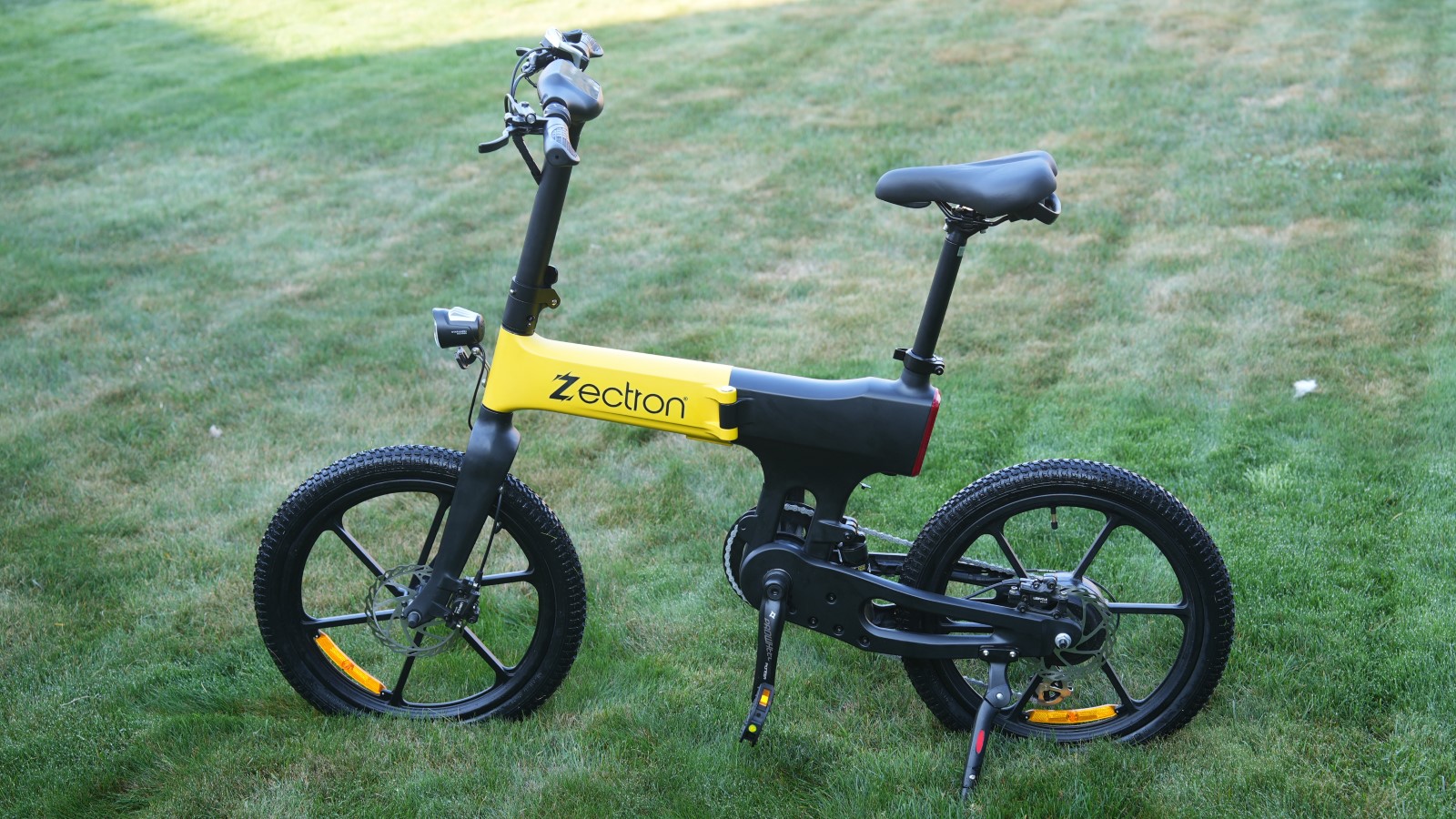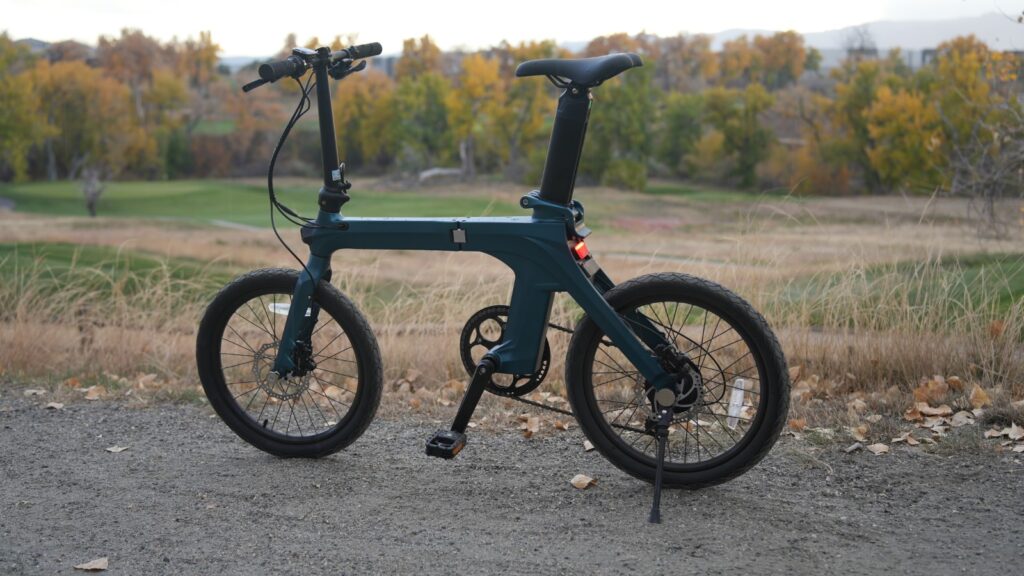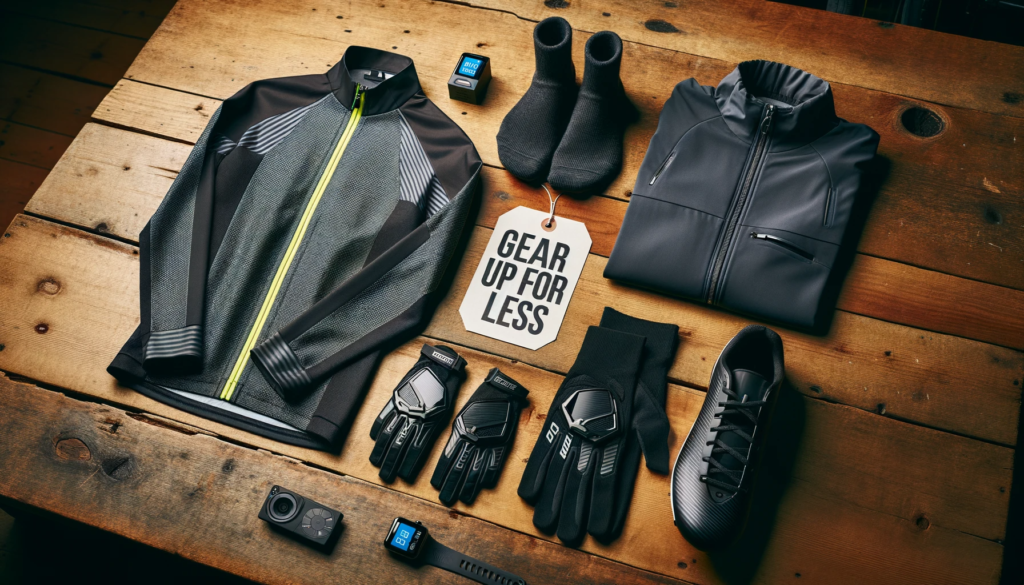Electric mobility continues to reshape how we think about urban transportation. Among the most innovative solutions emerging in this space are folding electric bicycles.
These compact, versatile vehicles combine the convenience of traditional folding bikes with the power assistance of electric motors.
This comprehensive guide explores the advantages and disadvantages of folding e bikes. We’ll examine their technical features, practical applications, and real-world performance to help you make an informed decision while purchasing a folding e-bike.
Understanding Folding E-Bike Technology

Folding electric bikes represent a sophisticated engineering solution that addresses modern transportation challenges. These vehicles integrate several key technologies into a compact, portable e-bikes package.
Core Components and Design
The fundamental architecture of folding e-bikes includes several critical elements:
- Folding frame mechanisms: Typically featuring hinge points at the main tube and stem
- Electric motor systems: Usually hub-mounted or mid-drive configurations
- Battery integration: Compact lithium-ion cells designed for easy removal
- Control electronics: Sophisticated management systems for power delivery
Motor Technology Overview
Most folding e-bikes utilize one of two primary motor configurations:
- Hub Motors: These units integrate directly into the wheel hub, providing direct power transfer. They offer quiet operation and require minimal maintenance.
- Mid-Drive Systems: These motors connect to the bike’s drivetrain, leveraging the existing gears for optimal efficiency across different terrains.
Battery Management Systems
Modern folding e-bikes incorporate advanced battery technologies that monitor:
- Cell temperature and voltage
- Charge cycles and capacity retention
- Power distribution efficiency
- Safety protection protocols
The Advantages of Folding E-Bikes
Folding electric bicycles offer numerous benefits that make them attractive for urban commuters and recreational riders alike.
1. Superior Portability and Storage
The most obvious advantage of folding e-bikes is their compact storage capability. When folded, most models reduce to roughly half their riding size.
Storage Benefits Include:
- Apartment-friendly storage in small spaces
- Office storage without requiring bike racks
- Easy transport in car trunks or public transit
- Reduced theft risk through indoor storage
2. Enhanced Transportation Flexibility
Folding e-bikes excel in mixed-modal transportation scenarios. You can ride to a train station, fold the bike, board public transit, then unfold and ride to your final destination.
This flexibility eliminates common urban transportation challenges:
- Last-mile connectivity gaps
- Limited parking availability
- Weather-dependent travel options
- Traffic congestion avoidance
3. Electric Assistance Advantages
The electric motor provides significant benefits for daily use:
- Power-Assisted Climbing: Hills and inclines become manageable regardless of fitness level or physical limitations.
- Extended Range Capability: Most folding e-bikes offer 20-40 miles of assisted range, making longer commutes feasible.
- Reduced Physical Strain: Electric assistance means arriving at destinations without excessive perspiration or fatigue.
4. Environmental and Economic Benefits
Folding e-bikes contribute to sustainable transportation goals:
- Reduced Carbon Footprint: Electric bikes produce significantly fewer emissions than cars
- Lower Operating Costs: Minimal maintenance and charging costs compared to vehicle ownership
- Traffic Congestion Reduction: More bikes mean fewer cars on crowded roads
The Disadvantages of Folding E-Bikes
Despite their advantages, folding e-bikes present several challenges that potential buyers should consider carefully.
1. Structural Limitations and Durability Concerns
The folding mechanism introduces potential weak points in the frame structure:
- Hinge Point Stress: Repeated folding and unfolding can cause wear at joint connections over time.
- Frame Rigidity: Folding frames typically sacrifice some stiffness compared to traditional rigid designs, potentially affecting handling characteristics.
- Weight Limitations: Most folding e-bikes have lower weight capacity ratings than standard bicycles.
2. Performance Compromises
The compact design necessitates certain performance trade-offs:
Wheel Size Impact: Smaller wheels (typically 16-20 inches) result in:
- Less stable handling at higher speeds
- Reduced ability to roll over obstacles smoothly
- More sensitivity to road surface irregularities
Limited Gear Range: Space constraints often limit the number of available gears, affecting climbing ability and top-speed performance.
3. Battery and Range Considerations
Folding e-bikes face unique power-related challenges:
- Battery Size Constraints: Compact electric vehicles frames limit battery capacity, typically resulting in shorter range compared to full-size e-bikes.
- Charging Logistics: While removable batteries offer convenience, they also require careful management to avoid theft or damage.
- Cold Weather Performance: Battery efficiency decreases in cold temperatures, further reducing range during winter months.
4. Cost and Maintenance Factors
Folding e-bikes often require higher initial investment and specialized maintenance:
- Premium Pricing: Quality folding e-bikes typically cost more than equivalent non-folding models due to complex engineering requirements.
- Specialized Service Needs: The folding mechanism and integrated electronics may require specialized repair knowledge.
- Replacement Part Availability: Unique components may be harder to source and more expensive to replace.

Technical Performance Analysis
Understanding the technical aspects helps evaluate whether folding e-bikes meet your specific needs.
Motor Performance Characteristics
Hub Motor Considerations:
- Provide consistent power delivery
- Operate quietly with minimal maintenance
- Less efficient on steep inclines
- Add unsprung weight affecting handling
Mid-Drive Motor Benefits:
- Better climbing performance through gear leverage
- More natural riding feel
- Higher efficiency across varied terrain
- More complex maintenance requirements
Battery Technology Deep Dive
Modern folding e-bikes utilize advanced lithium-ion battery systems:
- Energy Density: Current batteries provide approximately 400-600 Wh capacity in compact packages.
- Charging Characteristics: Most systems support fast charging (4-6 hours) with standard household outlets.
- Lifecycle Management: Quality batteries maintain 80% capacity after 500-800 charge cycles.
Range and Efficiency Factors
Real-world range depends on multiple variables:
- Rider weight and fitness level
- Terrain characteristics and elevation changes
- Weather conditions and temperature
- Assistance level selection
- Battery age and condition
Practical Applications and Use Cases
Folding e-bikes excel in specific scenarios while being less suitable for others.
1. Ideal Use Scenarios
- Urban Commuting Solutions: Perfect for city dwellers with limited storage space and mixed-modal transportation needs.
- RV and Boat Travel: Excellent for recreational vehicle owners who want portable transportation at destinations.
- Apartment Living: Ideal for renters who cannot install bike storage infrastructure.
- Corporate Environments: Suitable for professionals who need to store bikes in offices.
2. Less Suitable Applications
- Long-Distance Touring: Limited battery capacity and cargo space make extended trips challenging.
- Aggressive Trail Riding: Frame geometry and wheel size limitations reduce off-road capability.
- Heavy Cargo Transport: Lower weight ratings limit utility for cargo-carrying applications.
Market Analysis and Product Categories
The folding e-bike market includes several distinct categories serving different needs and budgets.
Budget-Friendly Options ($800-$1,500)
Entry-level models typically feature:
- Basic folding mechanisms
- Hub motor systems
- Standard lithium-ion batteries
- Limited range (15-25 miles)
Mid-Range Models ($1,500-$3,000)
These bikes offer improved:
- Build quality and component selection
- Battery capacity and range
- Folding mechanism refinement
- Better customer support and warranties
Premium Category ($3,000+)
High-end folding e-bikes provide:
- Advanced motor technologies
- Superior frame materials and construction
- Extended battery life and quick charging
- Comprehensive accessory integration
Safety Considerations and Best Practices
Operating folding e-bikes safely requires understanding their unique characteristics.
Folding Mechanism Safety
- Regular Inspection: Check hinge points and locking mechanisms before each ride.
- Proper Folding Technique: Follow manufacturer instructions to avoid damage and ensure secure locking.
- Weight Distribution: Understand how the folding design affects weight distribution and handling.
Riding Safety Factors
- Speed Management: Smaller wheels require more careful speed control, especially on uneven surfaces.
- Visibility Enhancement: Ensure adequate lighting and reflective equipment for urban riding.
- Helmet Usage: Always wear appropriate protective equipment regardless of local requirements.

Maintenance and Longevity
Proper maintenance extends the life and performance of folding e-bikes.
Routine Maintenance Tasks
Folding Mechanism Care:
- Regular cleaning and lubrication of hinge points
- Inspection for wear or damage
- Proper storage to prevent corrosion
Battery Management:
- Regular charging cycles to maintain capacity
- Temperature-controlled storage when possible
- Periodic capacity testing and replacement planning
Professional Service Requirements
- Annual Inspections: Have qualified technicians examine the folding mechanism and electrical systems.
- Component Replacement: Plan for periodic replacement of batteries, tires, and other wear items.
- Software Updates: Some models require periodic firmware updates for optimal performance.
Future Technology Trends
The folding e-bike industry continues evolving with new technologies and design approaches.
Emerging Technologies
- Advanced Battery Chemistry: New lithium technologies promise higher energy density and faster charging.
- Smart Integration: IoT connectivity enables remote monitoring, theft protection, and performance optimization.
- Improved Materials: Carbon fiber and advanced alloys reduce weight while maintaining strength.
Market Development Trends
- Increased Adoption: Growing urban density drives demand for compact transportation solutions.
- Infrastructure Support: Cities increasingly accommodate e-bikes with dedicated lanes and parking.
- Regulatory Evolution: Standardized safety and performance requirements improve consumer confidence.
Making the Right Choice
Determining whether a folding e-bike suits your needs requires honest assessment of your specific requirements.
Key Decision Factors
- Transportation Patterns: Analyze your typical travel distances, routes, and storage constraints.
- Physical Requirements: Consider your fitness level, age, and any mobility limitations.
- Budget Considerations: Factor in initial cost, maintenance expenses, and potential savings from reduced car usage.
- Quality Expectations: Determine acceptable trade-offs between portability and performance.
Alternative Considerations
- Standard E-Bikes: May offer better performance and value if storage isn’t a primary concern.
- Traditional Folding Bikes: Could meet needs if electric assistance isn’t necessary.
- Public Transportation: Might be more cost-effective for occasional use scenarios.
Frequently Asked Questions
1. How long do folding e-bike batteries typically last?
Modern lithium-ion batteries in folding e-bikes maintain 80% capacity after 500-800 charge cycles, typically providing 3-5 years of regular use. Battery lifespan depends on charging habits, storage temperature, and usage patterns. Proper maintenance can extend operational life significantly.
2. Can folding e-bikes handle steep hills effectively?
Mid-drive folding e-bikes perform better on inclines due to gear leverage, while hub motor systems provide adequate climbing assistance for moderate grades. Most quality folding e-bikes can handle 15-20% gradients comfortably with electric assistance engaged.
3. Are folding mechanisms reliable for daily commuting?
High-quality folding mechanisms from established manufacturers demonstrate excellent durability with proper maintenance. Premium models feature reinforced hinge points and safety locking systems designed for thousands of fold cycles. Regular inspection and lubrication ensure long-term reliability.
4. What’s the typical range difference between folding and standard e-bikes?
Folding e-bikes generally offer 15-25% less range than comparable standard e-bikes due to smaller battery capacity and less aerodynamic positioning. Most folding models provide 20-40 miles of assisted range, sufficient for typical urban commuting distances.
5. Do smaller wheels significantly affect ride quality and safety?
Smaller wheels (16-20 inches) create a firmer ride and require more careful navigation over obstacles and uneven surfaces. However, they offer quicker acceleration and easier maneuverability in tight spaces. Quality suspension systems can mitigate ride quality concerns effectively.
Conclusion
Folding e-bikes represent an innovative solution to modern urban transportation challenges. They offer compelling advantages in portability, storage convenience, and transportation flexibility. However, they also involve compromises in performance, durability, and cost.
The decision to purchase a folding e-bike should align with your specific transportation needs, storage constraints, and performance expectations. For urban commuters with limited storage space and mixed-modal transportation requirements, folding e-bikes can provide excellent value and convenience.
Consider your daily travel patterns, physical requirements, and long-term transportation goals when evaluating whether a folding e-bike represents the right choice for your lifestyle. With proper selection and maintenance, these innovative vehicles can provide years of reliable, efficient, and enjoyable transportation.
The electric bicycle technology continues improving, with better batteries, stronger materials, and more sophisticated designs emerging regularly. As urban areas become increasingly congested and environmentally conscious, folding e-bikes are likely to play an expanding role in sustainable transportation solutions.




